Food From Natural Coloring Materials
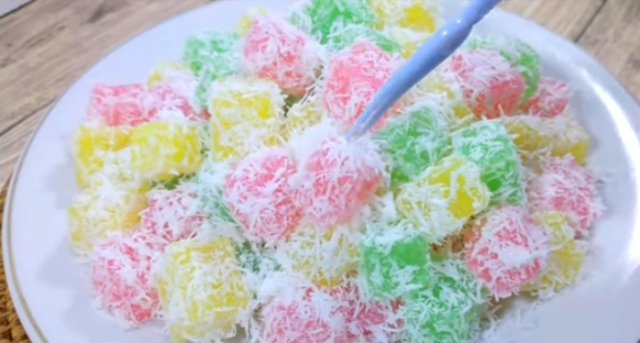
Food coloring is an addictive substance that is added to food or drinks to add color to food or drinks. Well, the form itself is solid, gel, liquid and even paste. Well, then the question is which of these food colorings are allowed, and which are dangerous?
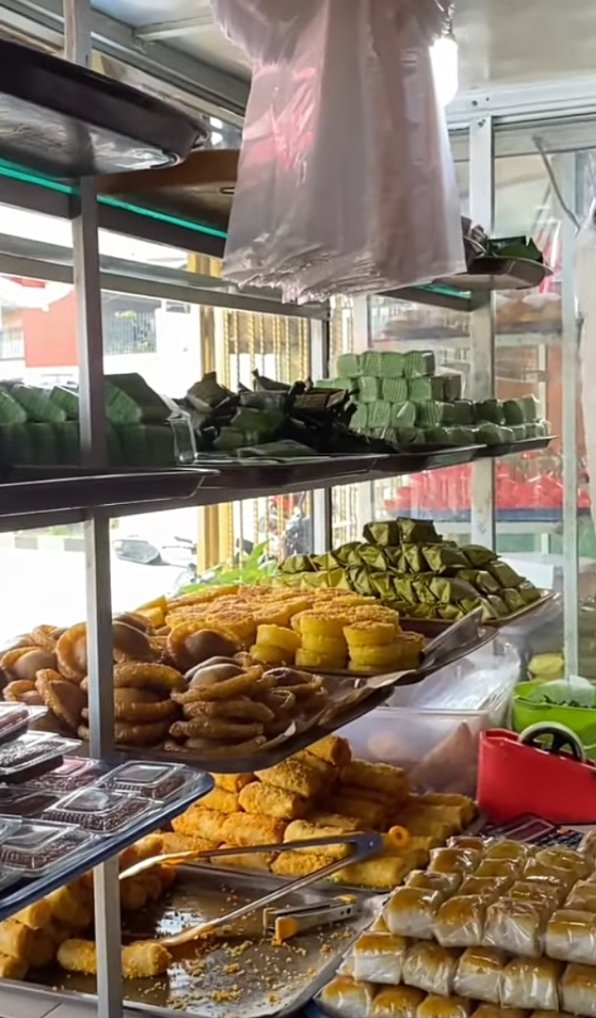
There are several types of food colorings currently on the market. There are artificial or synthetic ones, and there are natural or natural ones. Synthetic dyes are usually made from chemicals, such as tartrasin for yellow, blue option for blue, alurares for red, and so on. While natural dyes are usually extracted from plants or microbes. In general, synthetic dyes do not contain illicit goods. It's just that it is not recommended to consume more than recommended, because it will have side effects on health. What is highly recommended is consuming natural dyes, because they are safe for the body, and will not have negative effects on health. According to the regulation of the Minister of Health of the Republic of Indonesia, regarding food additives, permitted food colorings are curcumin, chlorophyll, caramel, beta-carotene, anthocyanin, titanium dioxide, and many more. Well, actually the government itself has issued a list of food colorings that can be used or added to food and food ingredients. However, in fact, many Indonesian people violate it by still using Rhodamine B, and Methanyl Yellow.
Rhodamine B itself is a synthetic dye in the form of crystal powder. The color itself is green, or reddish, and is odorless. If mixed with food, Rhodamine B will change color to bright red. Rhodamine B is usually used to color textiles, paper, cloth, mouthwash products and soap. The characteristics of food or drinks containing Rhodamine B are usually more striking in color. The color is sometimes uneven, and there are clumps of color. And it tastes more bitter when consumed.
Rhodamin B is often mixed in crackers, ground red chili paste, jelly, candy, sausages, syrup, and others.
Methanyl Yellow is a synthetic dye that is in powder form, yellow-brown in color, and can be dissolved in water, and alcohol.
Generally used for textiles, paper, ribbons, plastic, leather, paint, and so on.
Foods that use Methanyl Yellow are usually bright yellow in color, and the color is uneven. This dye can be found in crackers, noodles, tofu, fried foods, and other colored foods.
"There are two dyes, namely food dyes and non-food dyes that are used in textiles or fabrics. In synthetic foods that are used in food, it is considered safe, if consumed in reasonable amounts. But the public does not know how much is reasonable, so if consumed in large amounts, it has a carcinogenic effect, or can cause cancer."
There are many food dyes circulating in the community, and without us realizing it, we often consume them. This is what we need to be aware of, the impact of food dyes. Indeed, it cannot be seen in a short time. Well, to avoid using manufactured food dyes, there is an alternative that we can do, namely using natural food dyes. It is indeed a bit of a hassle to make, but at least it is safe and healthy for our health.
So what ingredients can be natural food coloring?
Teak leaves contain anthocyanin compounds which are natural coloring pigments when in acidic conditions.
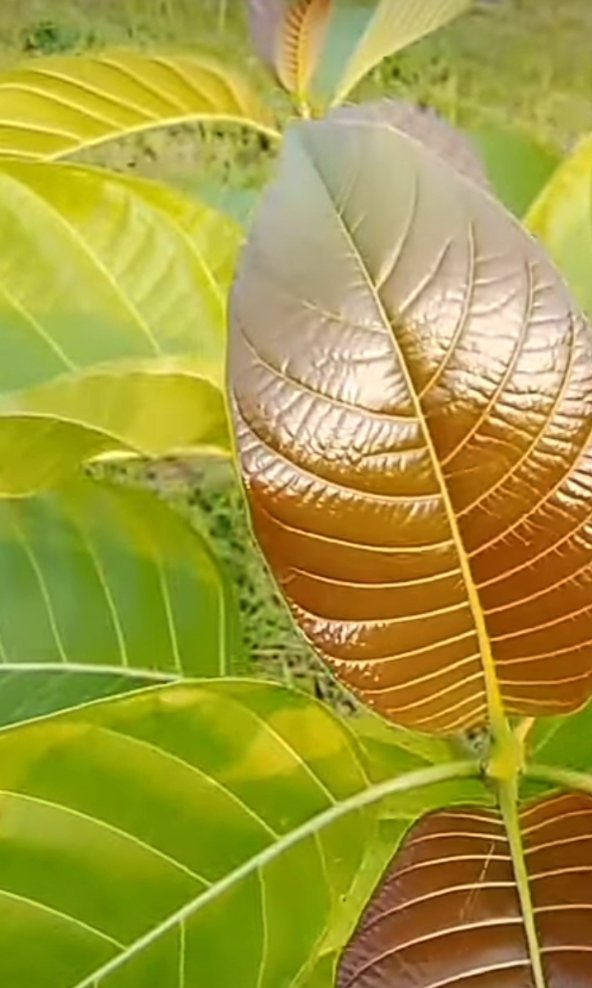
Teak leaves can be used as a coloring agent in gudeg, which gives a reddish brown color, because the anthocyanin solution is released and dissolved in hot water.
Pandan leaves and suji leaves.
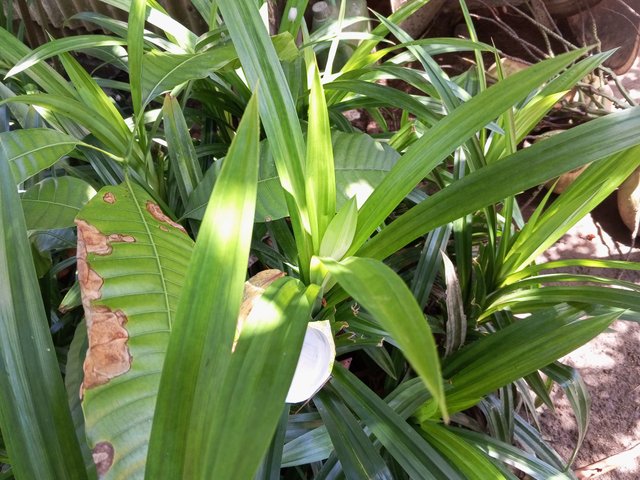
Both of these leaves contain chlorophyll which gives a green color. These leaves are used more for coloring in cakes. Basically, suji leaves have a stronger green color
Basically, suji leaves have a stronger green color compared to pandan leaves.

However, pandan leaves are superior in producing a more fragrant aroma.
Carrots.
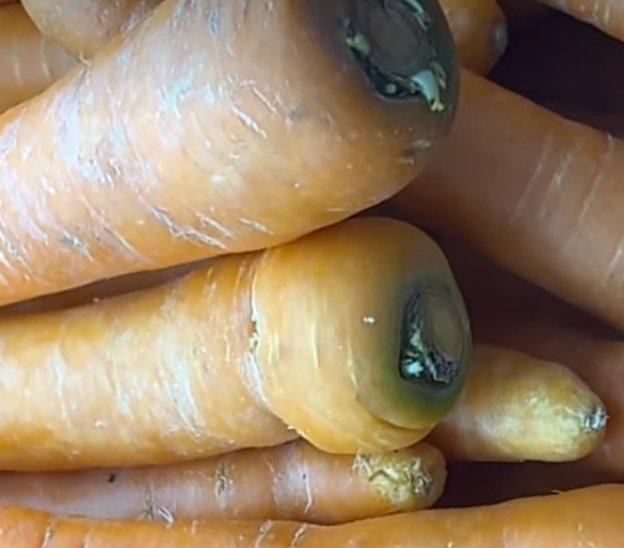
Carrots contain beta-carotene which causes the color to become bright. The higher the beta-carotene, the better the color produced. Usually, the way to get color from carrots is by cleaning them, then squeezing them to separate the pulp.
Turmeric.
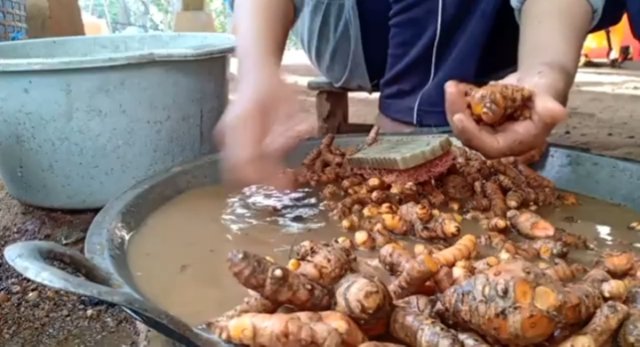
This spice ingredient is widely used as a coloring in cooking. Usually, turmeric is used as a coloring for yellow rice or various kinds of coconut milk sauce. Purple cabbage.
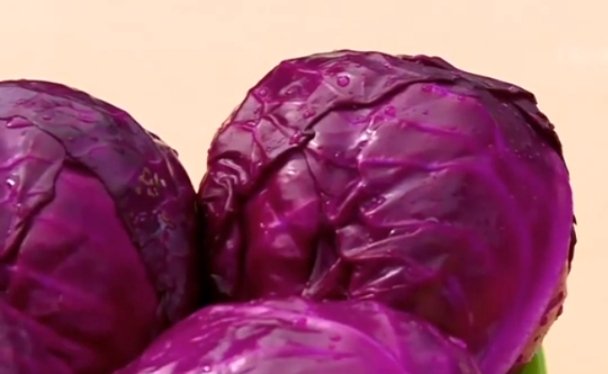
This cabbage produces a purple color by boiling it, then taking the water as a dye. Unfortunately, purple cabbage is rarely found on the market, and its price is usually twice the price of regular cabbage.
Well, those were some of the natural dyes that can be consumed. Indeed, if you look at it, the color produced as a natural dye is not that striking, like the color produced by factory-made dyes. But if we look at the effects produced or the impacts that will occur to our health if we use factory-made dyes, hmm... Why don't we try natural dyes and we can make them ourselves at home.
Greetings always compact.
By @midiagam